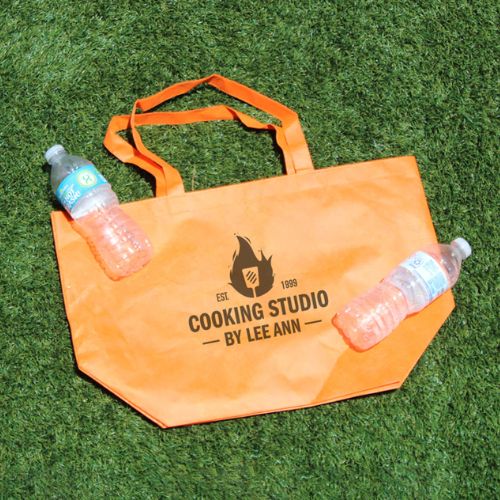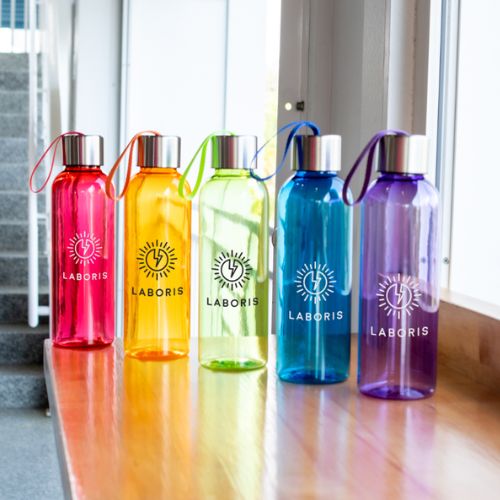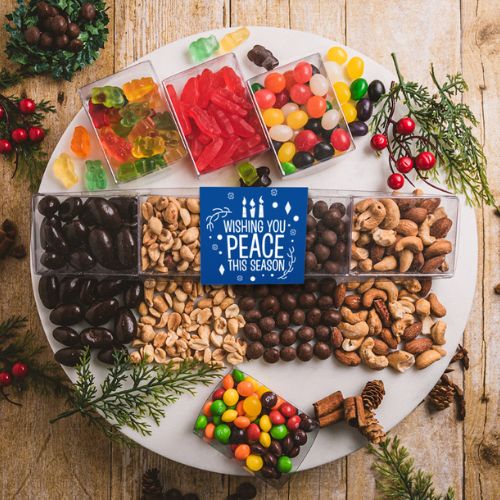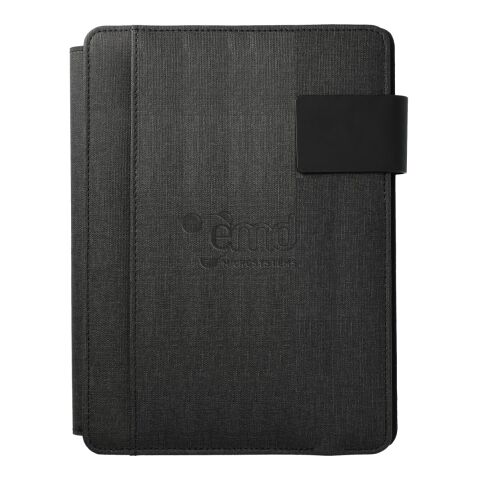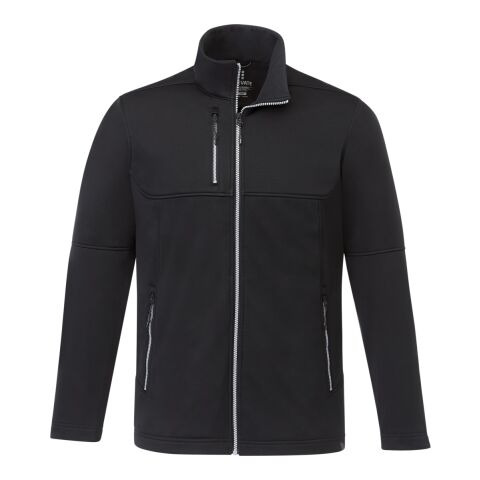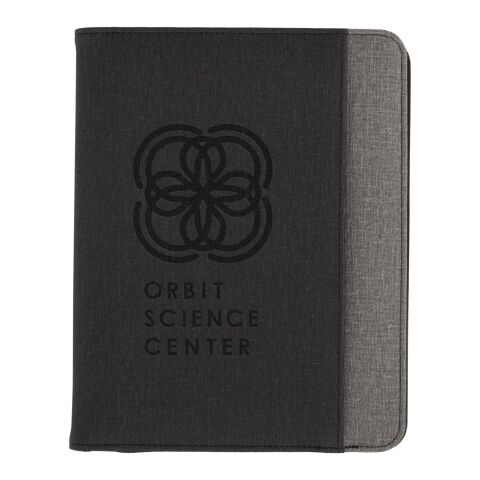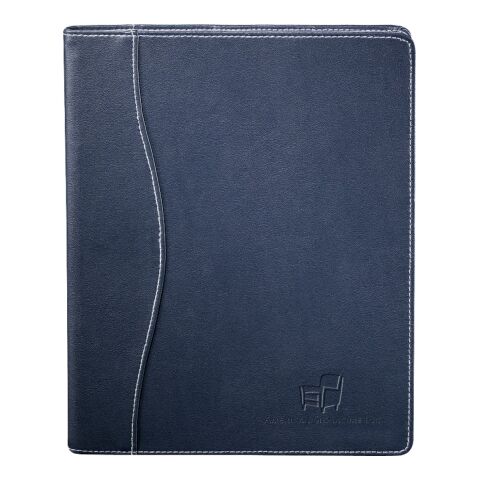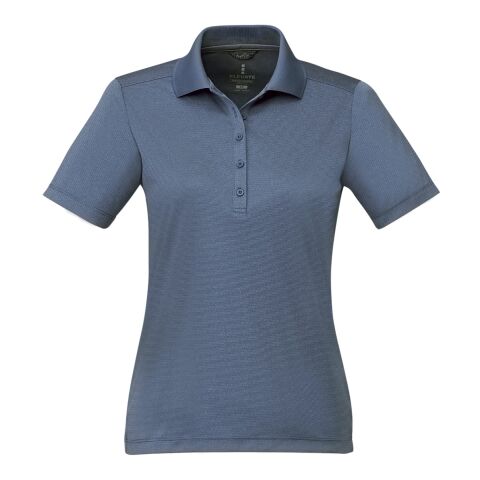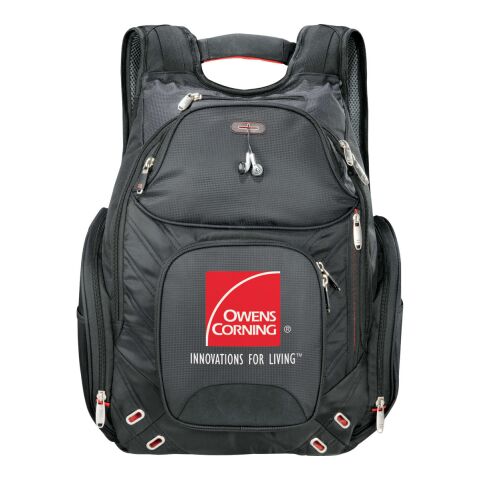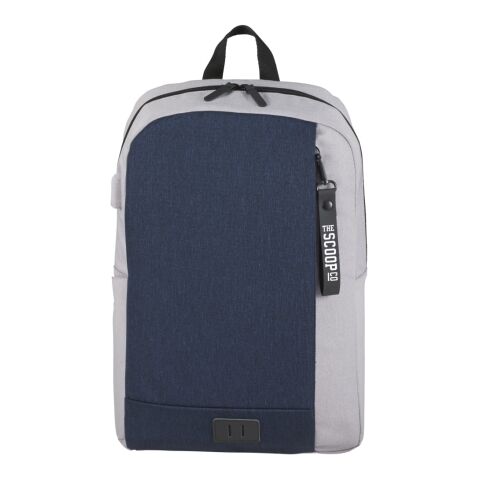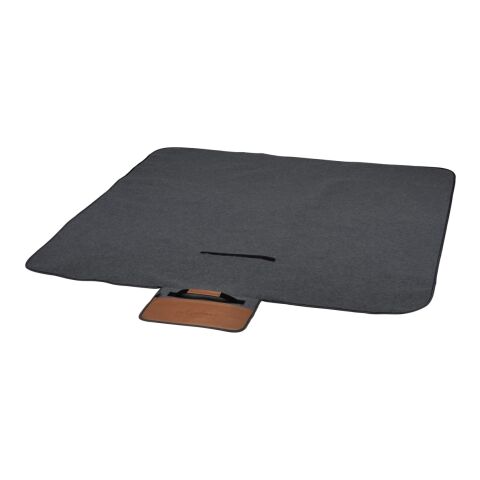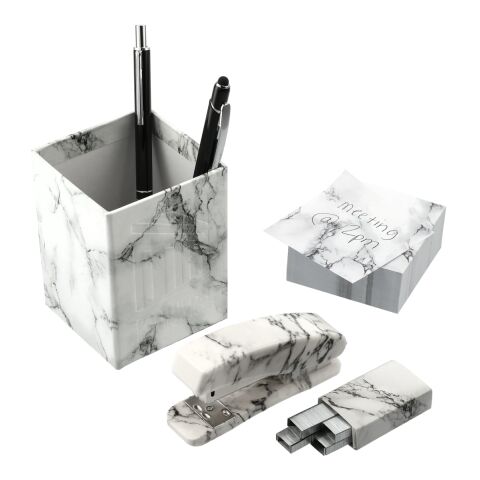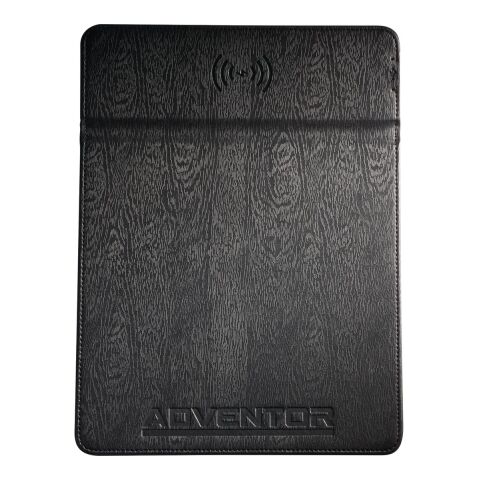Embossing
What is embossing?
Embossing is the forming of a material surface with the aid of pressure, temperature and time. This means, it is the process of creating a raised logo, design, or text on a material, such as paper, leather, or other metal surfaces. This pressure refinement is carried out partially or over a large and wide area and is also referred to as embossed foil printing.
How does embossing work?
Embossing, or forming, is not an overly complicated process and is also inexpensive to do. During embossing, the desired print motif or logo is pressed into the intended embossing material with the help of two steel rollers. One roller acts as the embossing tool, into which the motif to be embossed is engraved at the beginning. During the process, this roller is heated enough so that the motif can also be pressed into the substrate. The surface of the second roller is coated with a heat-resistant, pliable soft material where the embossing tool can press in to create the usual three-dimensional effect.. Both rollers, with the promotional item between them both, are then pressed against each other. During this process, it is very important not to apply too much heat and pressure to the surface material, otherwise it could tear or even burn. More heat and pressure can be used, depending on the embossing material. Materials such as leather or metal need more heat than for paper and cardboard, for example. In this type of print finishing, a distinction is made between the following embossing variants: blind embossing and hot foil embossing. For both printing techniques, there are further refinements, such as plano embossing, relief embossing, structure embossing and micro-embossing.
1. Blind embossing
Blind embossing is probably the oldest embossing process. There are various options available for embossing materials with positive or negative embossing. This type of branding and advertising messages are then made more "tangible." In this case, positive printing means that the print motif is raised or embossed, meaning there is an elevation on the advertising material. Negative printing means that the logo is pressed into the material, deepening instead of raising. With the help of light and shadow, the embossed imprint of the material becomes visible and a haptic experience due to the surface deformation.
Possible blind embossing applications
This form of printing can be used in many areas and on various products. Due to their noble character, certificates are often provided with elegant embossing in order to emphasize their honoring effect. Things like gift certificates are also often decorated with embossing, because they function as a meaningful thank you. For advertisers, however, business cards and brochure covers are particularly practical for this type of printing, as these look like more high-end products with elaborately embossed lettering. This type of branding conveys quality and professionalism to the customer. Blind embossing can also be combined with hot foil stamping to add a little color which can increase your branding experience.
Limitations of blind embossing
If you decide to use blind embossing, you should consider the limitations of this technology in advance, as not every product material is suitable for blind embossing. The key point here is the composition of the material fabric. Materials like fine-fibered fabric tend to break at the edges of the embossing motif during the embossing process. An excessively structured print material, such as a very inflexible fabric, is also not well suited for blind embossing. During the embossing process, this material cannot be smoothed enough for the procedure. Which then can result in unsightly deformation or tearing of the material when the embossing tool is pressed in. Another important factor, especially when using paper as the printing material is the volume of the paper. Thin stationery is not ideal for this type of printing, so it is advisable to use thicker paper with a higher grammage. Last but not least, it should be noted that the material to be embossed has a minimum heat resistance, otherwise it can lead to burning of the material when transferring the motif.
2. Hot foil stamping
Hot foil stamping, or embossing foil printing, works on the same principle as blind embossing, but there is an additional colored foil between the embossing die and the promotional item. This is then transferred to the embossed material of the product by pressure and heat. The result is a colored imprint. In contrast to blind embossing, however, the surface of the material remains smooth. This is achieved by using not quite as much heat and adding even less pressure.
Possible applications of hot foil stamping
This printing form not only shares the manufacturing principle with blind embossing, but also its possible applications. Business cards, covers for brochures, certificates and other documents are also often finished with hot foil stamping. The advantage here, however, is that the embossed logo or lettering appears in color and is thus easier to recognize or read. Plus, it can be customized more specifically to your unique brand or company. This printing process is also frequently used in book printing, for decorating the cover of a book with a sensational title.
Limits of hot foil stamping
As with blind embossing, this finishing method is significantly influenced by the surface structure of the material. It cannot be too thin, as to prevent tearing or breaking of the motif edges, nor too thick to avoid unplanned deformation. Furthermore, the structure of the material surface determines the adhesion of the embossed embossing foil. If the printing material is unsuitable, the hot foils can come off again very quickly on their own or as a result of slight external impact. The printing material should also be elastic enough to withstand the pressure of the embossing tool and not tear. For the transfer of the desired motif, however, it is above all important that the material to be embossed has a minimum value of heat resistance, as the embossing tool must be heated sufficiently to enable the motif to be transferred.
Embossing variants
- Flat embossing: Flat embossing can be used to produce ornaments as well as another type of surface-covering texturing. This allows the substrate to be finished simply. This form of embossing can be carried out as blind or hot foil embossing.
- Relief embossing: Relief embossing, which was often used in the book industry in the past, not only provides a charming visual effect, but also a tactile one. It can vary in depth, creating a very special impression. Blind and hot foil stamping can be utilized with this embossing type.
- Textured embossing: Textured embossing appeals equally to the visual and haptic senses. By changing the surface, it creates glossy and matte contrasts that can change again and again, depending on the incidence of light and the viewing angle. Feasible as hot foil stamping.
- Micro-embossing embossing: Impressive visual effects can be achieved with this micro-embossing method. It is even possible to create extremely fine designs and structures, which, depending on the viewing angle, always creates new and surprising special effects. This form of embossing is used with hot foil stamping.
What are the costs for blind and hot foil stamping?
First and foremost, the costs result from the production of the embossing die, because this has to be created for each new print motif. This also is due to the size of the motif. The rule is: the larger the logo or design, the more expensive it is. Furthermore, the structure of the material surface and, in the case of embossed foil printing, the printability must be taken into account. These define the degree of difficulty of this printing technology. For hot foil stamping, it is once again particularly important to consider the size of the area it will be used on. A larger area makes it a bit easier. The more colored embossing there is expected to be on the product, the more the price increases. The costs decrease with increasing print runs, meaning the more you print, the less it will cost per product.
The advantages of embossing at a glance
- Embossing has a very discreet and unobtrusive effect. They are therefore perfect for all companies that would like to have a higher-quality face value on their product.
- Embossing makes a high-end and high-quality impression on every promotional item possible for them. Paper, textiles and metals can be embossed mostly without any problems.
- A company logo is not only skillfully presented visually, but also conveys a haptic touch to the persons receiving the gift. The tactility of the motif means that an advertising message is seen more often and is thus better imprinted in people's minds.
- This form of finishing offers many possibilities for refinement. Not only can an item be simply embossed, but colors and visual, tactile special effects can also be incorporated. This allows companies to create a truly unique piece of promotional material.
Which promotional items are suitable for blind and hot foil embossing?
When someone thinks of the embossing process, promotional items made of paper and leather, such as padfolios, packaging materials or brochures, immediately come to mind. But this form of finishing offers many more ways to spread an advertising message. A planner or notebook with a leather cover and a company logo would be the way to convey maximum appreciation to customers and clients. However, these are not the only leather textiles that can also be embossed, including a high-quality wallet, laptop backpack or bag. These embossed, or debossed, leather promotional items can be used to express a company's promise of, not only, quality products, but also of quality customer service. In addition, leather is a very durable and long-lasting material and thus remains with the target audience for a long time after they initially receive this corporate gift. Fancy debossing and embossing attracts many envious and curious glances from others who will see it around on all the products. With an embossed logo, your company, business or brand is sure to be in the spotlight in a sophisticated way.


